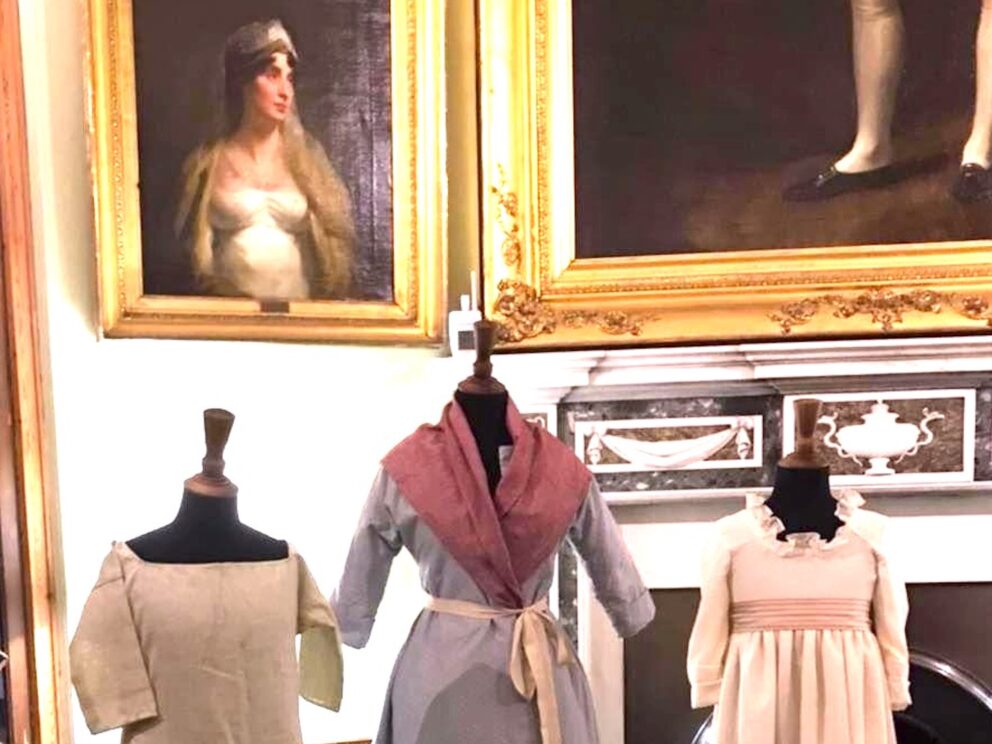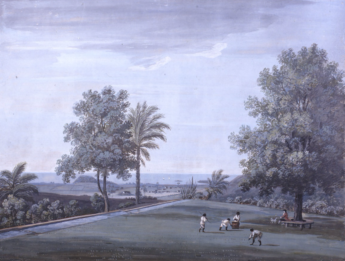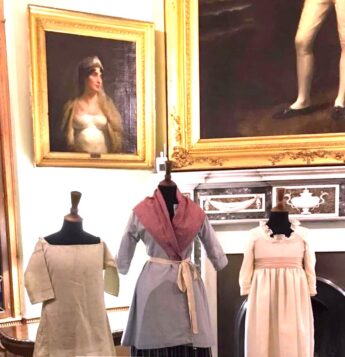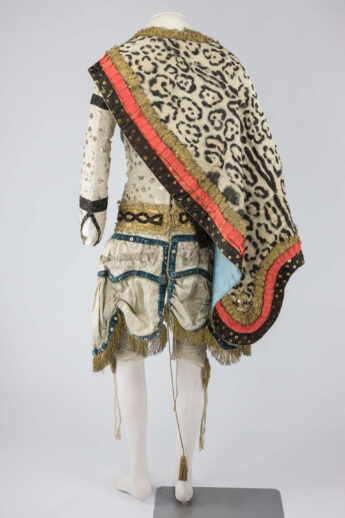What to Wear?

Paxton House’s innovative new exhibition, Parallel Lives, Worlds Apart, draws on the Paxton House Trust’s exceptional collection of historic costume to inspire visitors to think about the relationship between Britain and its Caribbean colonies in the 18th and early 19th centuries.

The Home family of Paxton House were owners of a series of sugar, cocoa and coffee estates in the Caribbean which relied on the labour of enslaved people for the production of crops and the daily running of their lives. Through three generations, the relationships between individual members of the Home family and the servants and enslaved people who worked for them are described through stories based on careful research in the archives and illustrated with historic and specially commissioned replica costumes. The costume displays help us visualise, not only the characters we are more familiar with from 18th century portraits, but also nannies, servants and field workers whose individual histories are harder to trace.

The exhibition has been devised in consultation with a London-based group, Descendants, many of whose members trace their origins to the Caribbean Island of Grenada. Paxton’s owner Ninian Home not only owned two plantations on Grenada in the late 1700s but was Governor General of the island colony until his death in an uprising. It was Ninian Home who employed the English cabinet maker, Thomas Chippendale, and the Scottish architect, Robert Adam to beautify the interiors of Paxton House, creating one of the finest and least altered Palladian mansions in Britain.

The exhibition starts with a series of new climate-controlled displays of the clothes that Ninian Home’s cousin, Patrick, left behind in a cist or chest at Paxton House when he inherited the Wedderburn estate in 1766. The collection of embroidered waistcoats and topcoats of the finest quality date chiefly from his stay in the court of King Frederick the Great of Prussia in the 1740s, then one of the most glittering courts in Europe. Of particular importance is the ornate fancy dress that Patrick wore when he performed as a Carthaginian knight in The Berlin Carousel, a four-day ‘historical’ re-enactment staged by Frederick the Great in 1750. It is the only costume in the world to survive from this extraordinary event.
In contrast to this finery, are authentic hand-made replica costumes specially commissioned for the exhibition and based on contemporary sources. The juxtaposition of clothing worn by the estate owners with those worn by their servants and the enslaved people of the plantations, gives a vivid insight into the contrasts in their lives and the relationships between them. By identifying individuals and bringing their personal stories into the spotlight, the exhibition opens a window into the two worlds these people inhabited and shows how their lives were intertwined. By highlighting the histories of individuals whose existence has been largely overlooked, the exhibition presents a different view of the past to visitors.
The costumes are displayed in the Georgian and Regency rooms at Paxton House, giving context to the lives these people lived and helping to bring the interiors to life. The exhibition is included in the house tours at Paxton House, which opens daily until the end of October. Book here.
The Paxton House Trust would like to thank the Esmée Fairbairn Collections Fund, Museums Galleries Scotland, The Textile Society and the Art Fund as well as advisors from several universities and the National Museums of Scotland for their help and support in the making of this ground-breaking exhibition.